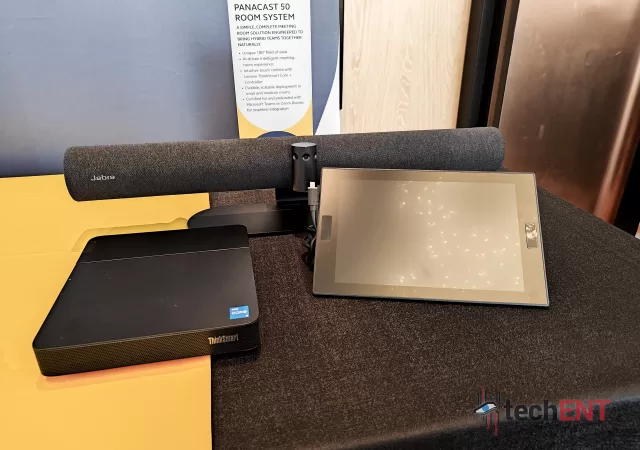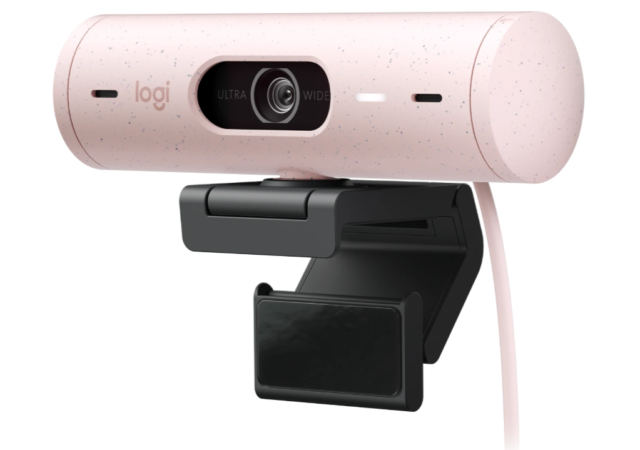Discover PanaCast 50 Video Bar System (VBS) and how it helps overcome the challenges of remote, hybrid, and office work collaborations. With PanaCast 50, you can optimize productivity and ensure no one gets excluded. Learn more about PanaCast 50, now available in Malaysia!
Logitech’s Brio 500 offers 1080p recording all around, literally
Logitech has released its latest webcams with the Brio 500 series. The new series of 1080p webcams offer light correction, auto-framing, noise-cancelling mics and a versatile, movable mount. No more bad angles with magnetic mount design In its launch video,…
Zoom Acquires KITeS, a Real-Time Translation AI
Zoom acquires KITeS, a real-time translation and transcription solutions provider to integrate their AI into the video conferencing platfrom.
[CES 2021] Working Better and Smarter with Dell’s New Monitor Line-Up
Dell announces 11 new monitors for work for CES 2021. The new monitors can also act as UBS Type-C Hubs fr a clutter free desk top.
Why Technology is The Key to Malaysia Overcoming the Fallout from COVID-19
Moving forward, post COVID-19, the world is changed – bringing some credence to the phrase “the new normal”. How are businesses going to adapt? What can they do to survive?
Step Aside Zoom, Google Meet Goes Free Starting Next Week
Google takes on Zoom with Google Meet. The service will go free for everyone starting next week.








